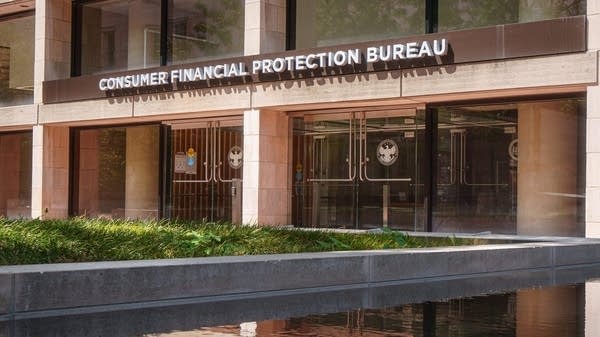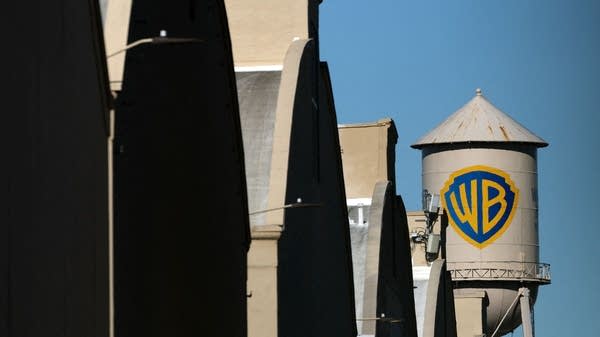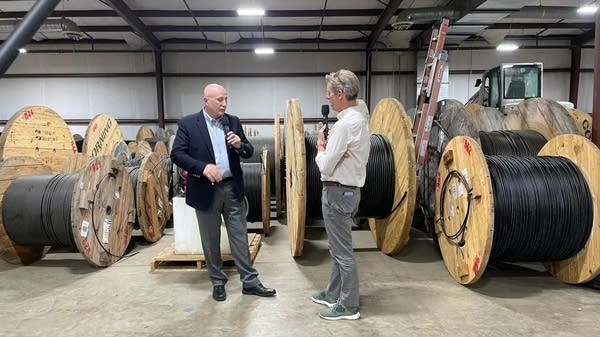4 months into congestion pricing, the program is getting more popular — even as the Trump admin attempts to kill it
Traffic is down, revenue for transit is up, and public opinion is shifting.

On Fifth Avenue, just north of 60th Street in Manhattan, if you’re looking for it, you’ll see a big silver pole jutting out over the street with giant cameras mounted all along it. Any car or truck that passes underneath, driving south into Midtown, has to pay a toll — $9 for cars during peak hours, up to $21.60 for trucks.
On a recent weekday morning, Peter Caballero was double parked in front of a hotel, just outside the zone, loading equipment into a white van. He’s an audio-video engineer who does corporate events, and these days he tries to avoid coming into Manhattan from Staten Island as much as he can, because of congestion pricing.
“It's just too expensive. It makes no sense,” he said. “And when you’ve got to transport equipment, you’ve got no choice. So it sucks.”
When Caballero does come in for a job now, he generally passes the toll along, “which the client is always not happy about,” he said. “But you have no choice. I mean, who has to pay it? It's the little guys that are paying it. The guys that are just trying to make a living.”
Plenty of people agree with Caballero, including President Donald Trump; his administration is trying to kill congestion pricing in New York City. In a February letter to New York Governor Kathy Hochul, Transportation Secretary Sean Duffy wrote that the president is concerned about the “significant burdens” congestion pricing puts on residents, businesses and commuters, and that the administration was rescinding federal approval for the program.
In late April, Duffy sent another letter to Hochul, giving her until May 21st to stop collecting the tolls or risk losing federal funding and approval for other transportation projects. That was after the state ignored two previous deadlines in March and April.
Hochul and Janno Lieber, CEO of the MTA — the Metropolitan Transportation Authority — which operates the city’s subway system and regional public transit, have said congestion pricing is legal, that it’s working well, and they have no intention of ending it.
Nearly four months after the city first started charging people to drive into Manhattan below 60th Street, public opinion about congestion pricing is shifting. Thirty-seven percent of all New York City voters support it now, according to a recent poll from the Partnership for New York City, more than before it went into effect. And among those who actually drive into the zone a few times a week and pay the toll, 66% are in favor.
“Folks who commute from New Jersey or Long Island or the Hudson Valley see that they're saving time,” said Tom Wright, president and CEO of the nonprofit Regional Plan Association.
Fewer cars and trucks are driving into Midtown and lower Manhattan these days, and traffic is moving faster. Standing downtown on Canal Street on a recent weekday afternoon, traffic was flowing.
“Six months ago, Canal Street was a parking lot this time of day,” Wright said. “I mean, all times of day, because it's a major East-West connector.”
Before congestion pricing, this was one of the few ways people could drive from Brooklyn, Queens or Long Island into New Jersey for free.
“So we were essentially incentivizing truckers to use this local road as their route,” he said. “And so it was a parking lot most of the day. And what we’re seeing here is, things are moving along.”
There are plenty of cars and trucks on the road, but no gridlock.
“As a city planner, you work with a lot of variables, and you try and model outcomes and make the best guess as to how a policy will work out,” Wright said. “And it's remarkable how this one is working out pretty much exactly as we had hoped and anticipated.
Traffic is down by about eight percent in the congestion zone, and the new toll is generating revenue for the MTA — about $100 million dollars in the first two months.
About 90 percent of people who commute into Midtown and lower Manhattan take public transit, and it’s in dire need of upgrades.
“We're operating with a 100-year-old subway system, which is often subject to track failures or signal failures,” said Sarah Kaufman, director of the Rudin Center for Transportation at New York University. “So these upgrades are essential.”
Money from congestion pricing will also go toward improving bus service.
“It's a win for transit riders, especially if we're talking about advocating for lower-income populations,” she said. “Bus riders tend to have, on average, lower incomes than car drivers or even subway riders.”
Buses are already moving faster in Midtown and lower Manhattan, just because there’s less traffic.
There are other positives, too, Kaufman said: “Overall, activity in the zone is up in terms of foot traffic and commercial activity, Broadway sales are up, pedestrians can cross streets more easily, and noise is vastly reduced.”
It’s noticeable from her office, downtown on 17th Street.













